Popular on Food52
10 Comments
Kels M.
January 5, 2014
Dean & DeLuca in SoHo stocks finger limes from time to time through the winter months as well as yuzu, kaffir limes, and the Buddha's hand citrons. You can always talk to Chris or Sean (produce managers) about special orders, too—as long as you're willing to purchase by the chase, those guys can get just about anything. The finger limes are crazy fun just to eat. Pucker-face party, anyone?
chasey
February 24, 2013
I thought that 'kaffir' is actually an offensive word. I was told by a farmer to refer to it differently. Can you please double check that?
Nozlee S.
February 24, 2013
You're not wrong, chasey -- used on its own, the word is derogatory! I'm not sure of the etymology that brought it to bear as a descriptor for the type of lime, but I've seen it used in dozens of cookbooks, which does lend it a certain legitimacy. I think the difference is that "kaffir" is a negative term in the continent of Africa, but not necessarily in Southeast Asia.
Panfusine
February 22, 2013
I've picked up Finger limes multiple times at Wegman's in Bridgewater New Jersey. The caviar pearls are either green or grapefruit pink, quite beautiful! they come in those little 'boxes' under the Mellissa's brand.. Will keep you posted the next time I spot them..
Nozlee S.
February 22, 2013
I would LOVE to try one someday. Also Panfusine, this is my last week writing Down & Dirty -- the column is being passed on to someone else. I wanted to thank you for your comments and praise!
Panfusine
February 22, 2013
no..
Thank YOU for all the fabulous information that we've all learned so much from, you've really raised the bar for writing on this topic quite high!
Thank YOU for all the fabulous information that we've all learned so much from, you've really raised the bar for writing on this topic quite high!
Kitchen B.
February 22, 2013
My oldest daughter loves eating Meyers, like kumquats - skin and all! I love all citruses but (and I was shocked to discover this), my favourite fragrance of all citruses is that of lime - fresh, heady, and totally enthralling.
hardlikearmour
February 22, 2013
When I was a kid my grandparents had a house in Florida with a large calamondin tree. My sister and I would eat loads of them, relishing the sour flesh and thin, tasty skin.
Nozlee S.
February 22, 2013
I found some at Eataly not too long ago and paid a pretty price for them -- what a dream, to just pick them from a tree!
Midge
February 22, 2013
Thanks for the great scoop nzle! I have three citrus trees and find myself becoming sort of citrus-obsessed. There may be hope for you re calamondins. The trees apparently aren't as fussy as other citrus trees and make nice houseplants (and marmalade!): http://articles.washingtonpost.com/2012-04-04/lifestyle/35451306_1_calamondin-citrus-tree-fruits
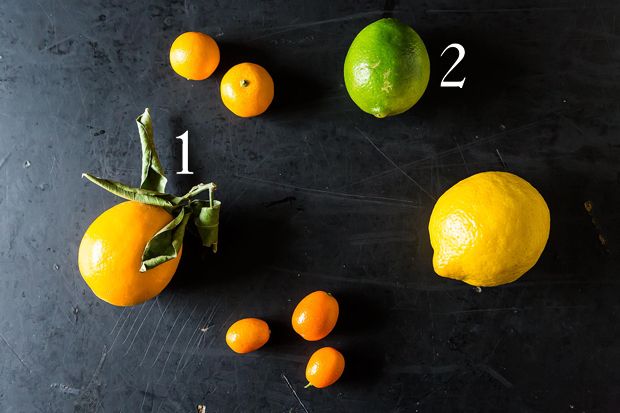
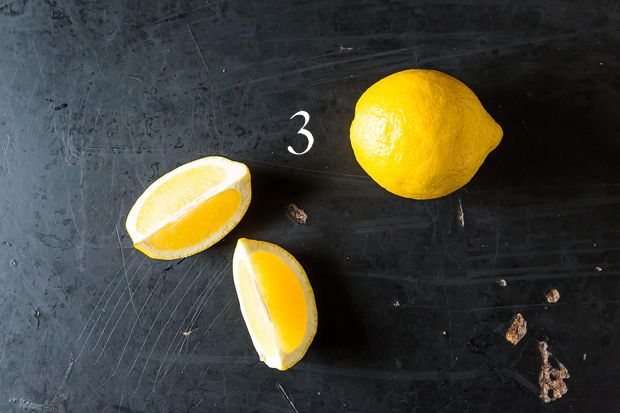

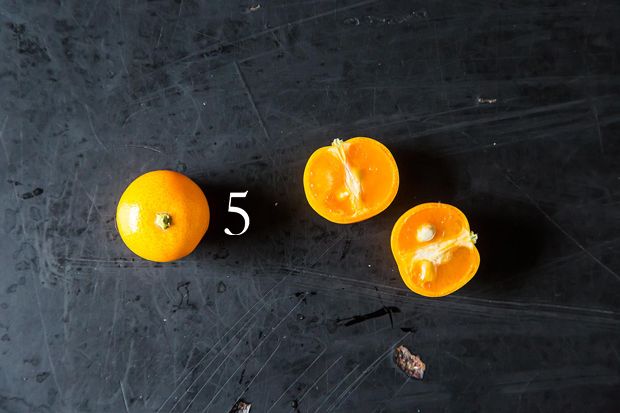

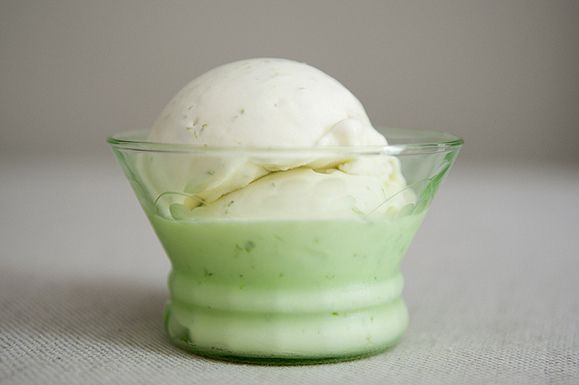
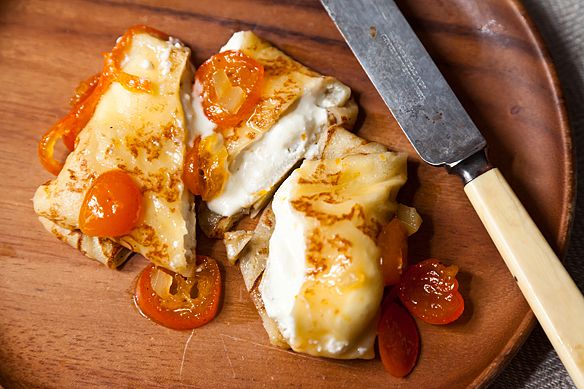

See what other Food52 readers are saying.